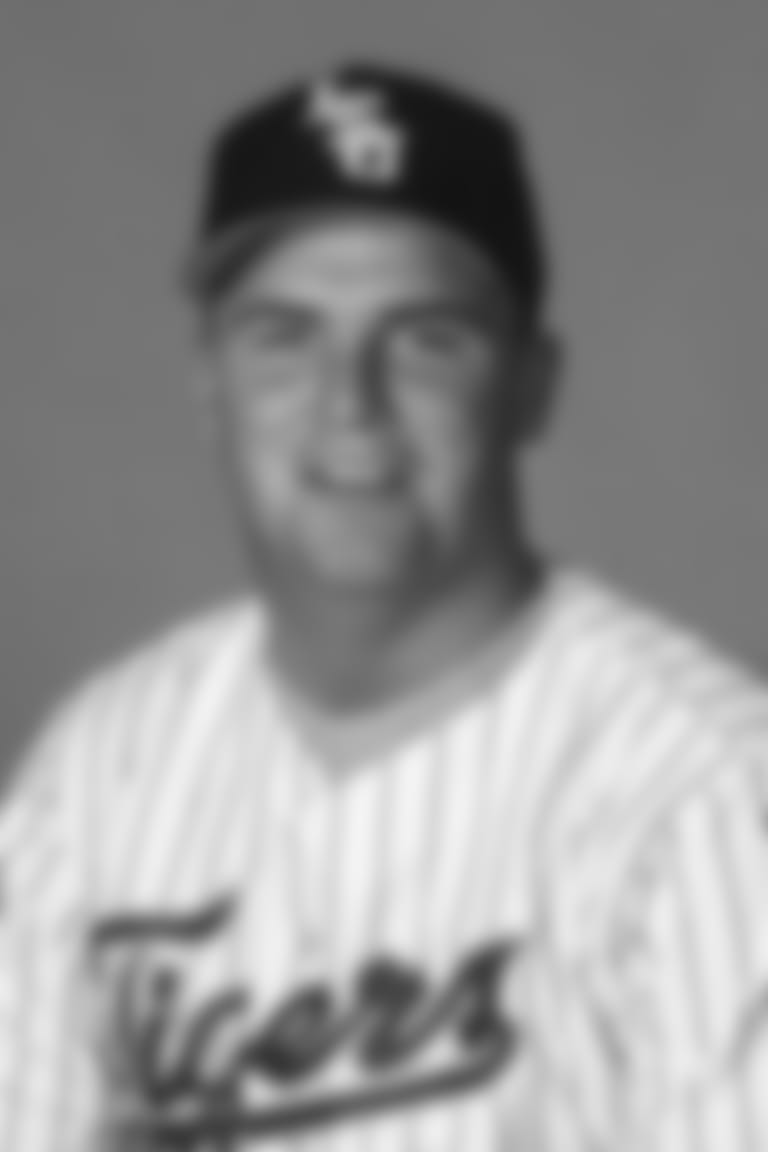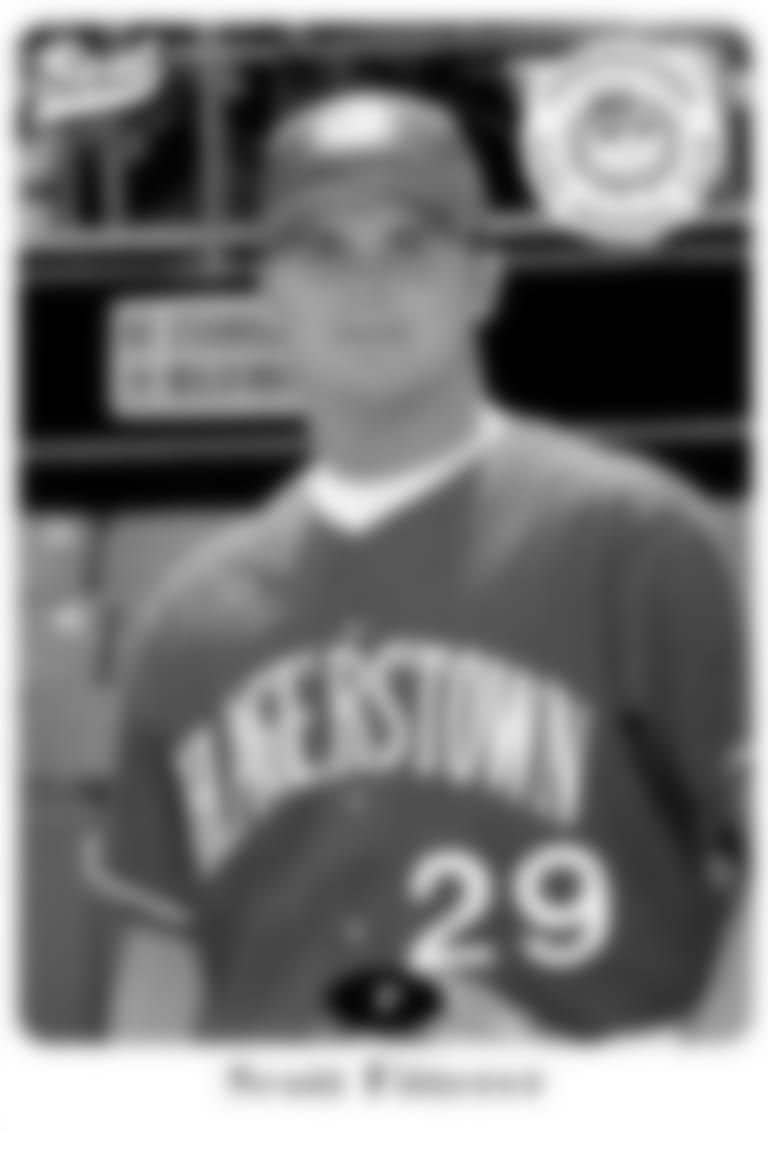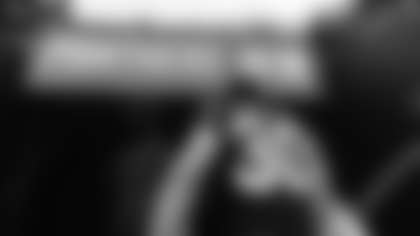At the time, being a converted football player wasn't a novelty in the Blue Jays system.
Then-GM Pat Gillick had a thing for two-sport players, with the idea that athletic potential could be focused and refined, allowing them to buy low on undervalued commodities.
Former Panthers quarterback Chris Weinke remembers crossing paths with Fitterer during spring training in the mid-90s. Weinke was playing in Triple-A at the time, so they were never teammates.
Weinke also recalled that when he finished out his NFL career with the 49ers, former Blue Jays prospect Scot McCloughan was San Francisco's vice president of player personnel, about to ascend into the GM job the following year. The Blue Jays drafted McCloughan in the 10th round in 1992, after his baseball career at Wichita State.
"The only thing I'm better at than finding baseball players is finding NFL general managers," Wilken joked.
Fitterer signed and played at short-season St. Catharines in the New York-Penn League in 1995. The following year was mostly spent at High-A Dunedin in the Florida State League, where he played for longtime coach and manager Dennis Holmberg.
The 69-year-old Holmberg apologized at first for a lack of detail, but it was 25 years ago for a relief pitcher who only played for him one year.
Still, there was something about the kid that stuck in his memory. Holmberg said that in 42 years of baseball, the guys who stood out were usually either the stars or the problem cases. Fitterer was neither.
"I do know that Scott was a well-balanced player, both in terms of attitude and aptitudes," Holmberg said. "I know you look at the stats now, and they aren't indicative of the kind of player he was, and a lot of that was because of the injuries.
"But I'm not surprised that he found his position because he was a good teammate and a good worker. We're trying to develop baseball players, but you're also trying to develop them as human beings, with the kinds of life skills to go onto something else if that's not their path."



















